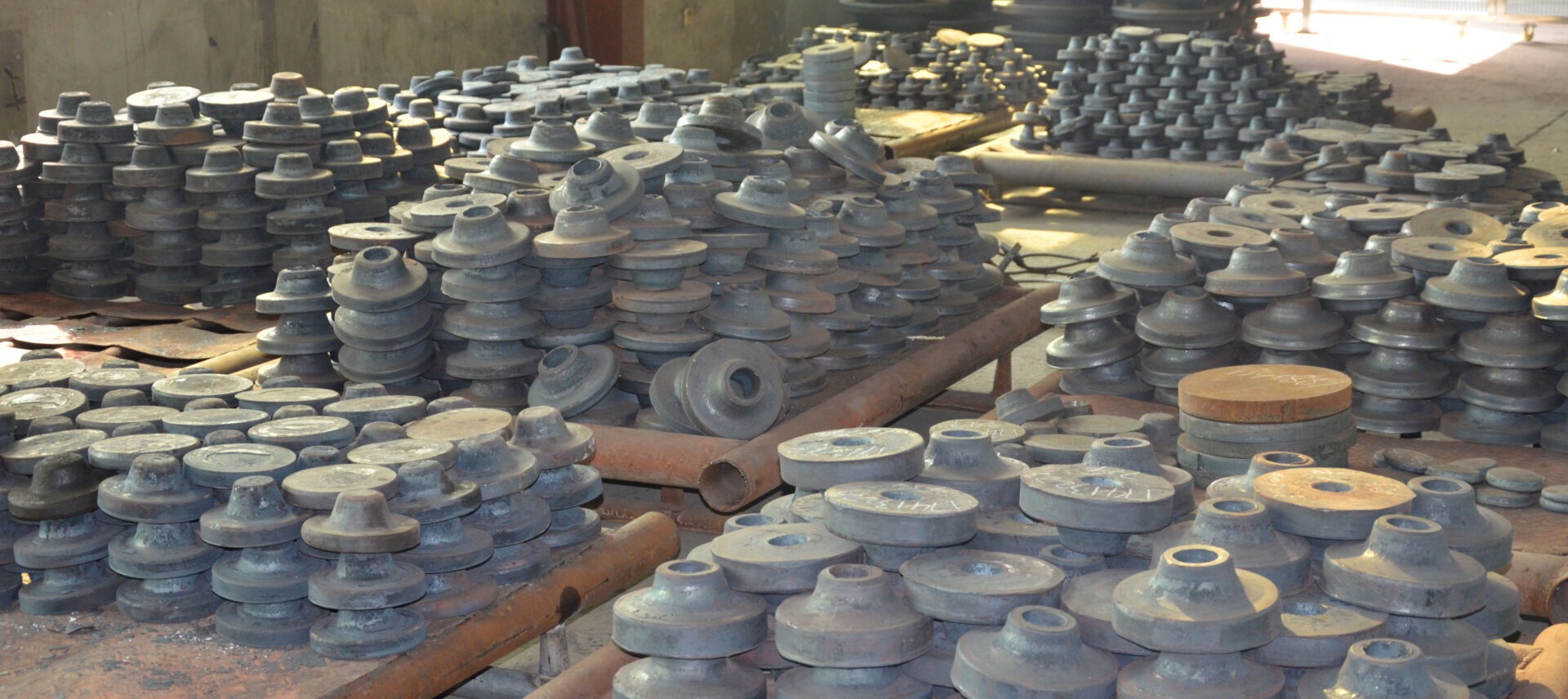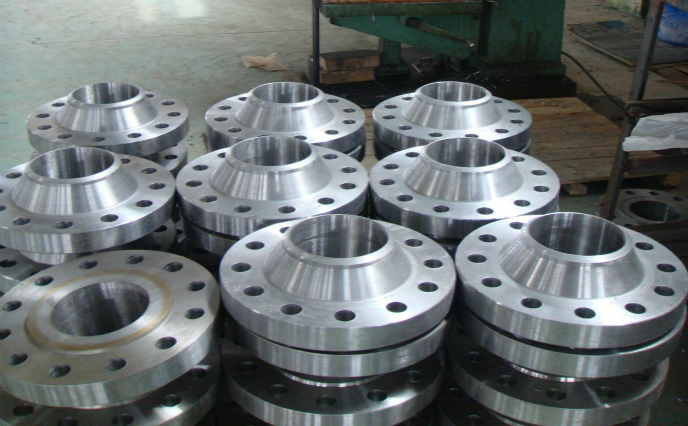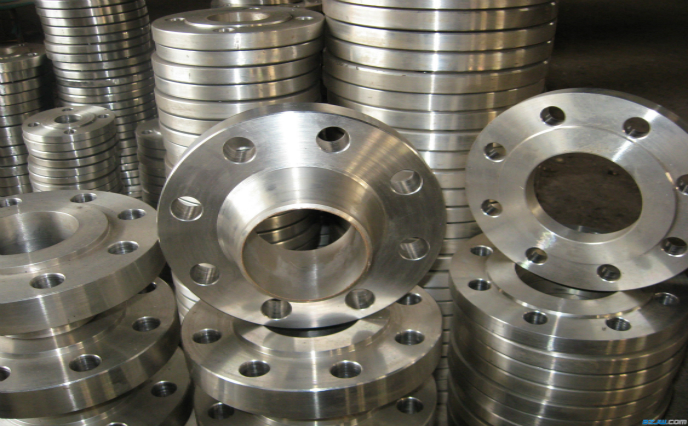Share this
There are many processing methods for carbon steel flanges
There are many processing methods for carbon steel flanges, many of which belong to the category of mechanical processing. More commonly used are the stamping method, forging method, roller processing method, rolling method, bulging method, stretching method, folding method, and combined processing method.
The part that connects the pipe to the pipe, is connected to the pipe end. There are holes in the flanges, and bolts make the two flanges tightly connected. The flanges are sealed with gaskets. The flange is a disc-shaped part, which is more common in pipeline engineering, and flanges are used in pairs. In pipeline engineering, flanges are mainly used for the connection of pipelines. At the end of the two pipelines to be connected, a flange plate is installed on each side. Wire flanges can be used for low-pressure pipelines, and welded flanges can be used for pressures above 4 kg. Add a gasket between the two flanges and fasten them with bolts.
There are many processing methods for carbon steel flanges
Neck flange connection or flange joint refers to a detachable connection in which flanges, gaskets, and bolts are connected to each other as a set of combined sealing structures. Pipe flange refers to the flange used for piping in the pipeline installation, and used on equipment refers to the inlet and outlet flanges of the equipment. There are holes in the flanges, and bolts make the two flanges tightly connected. Those who meet one of the following conditions shall meet the requirements of III and forgings: flange forgings with nominal pressure PN≥10.0MPa; chromium (Chromium) molybdenum (molybdenum) steel forgings with nominal pressure PN>4.0MPa; nominal pressure PN>1.6MPa And the working temperature (temperature) ≤ -20 degrees Celsius (°C) ferrite (ferrite) steel forgings. A flange connection is a detachable connection.
Flat welding flanges have certain technical requirements and technical parameters in production and use, and are produced and processed according to certain methods and methods: the steel plates used to produce flat welding flanges should be ultrasonically A sound wave with a frequency higher than 20000 Hz) flaw detection, no delamination defects, to ensure good quality and performance problems (Emerson), production and inspection according to certain quality requirements, to ensure that the steel plates produced and used have no quality problems; should be rolled along the steel It is divided into strips in the direction of manufacturing, and is bent and welded into a circular ring, and the surface of the steel is formed into a cylindrical surface of the ring. A flat welding flange is a kind of flange that is directly welded to equipment or pipelines through fillet welds. Simple structure and convenient processing.
There are many processing methods for carbon steel flanges
Its force characteristics are between the overall flange and the looper flange. Flat welding flanges are divided into two types: plate flat welding flanges and neck flat welding. Flat welding flanges have low cost and short production cycles and are more commonly used. A type of flange, widely used in various fluid pipelines. The forging of flat welding flanges can be divided into free forging, upsetting, extrusion, die forging, closed die forging, closed upsetting, closed die forging and closed upsetting due to the lack of flash material (Material). Utilization (availability) is high. Adding special alloy elements to ordinary high-speed tool steel can significantly improve the wear resistance and toughness of the tap. In addition, other professions such as industrial furnaces, thermal engineering, water supply and drainage, heating and ventilation, automatic control, etc., also often use flange joints.
For pipe fittings, please link: https://bekingpiping.com



